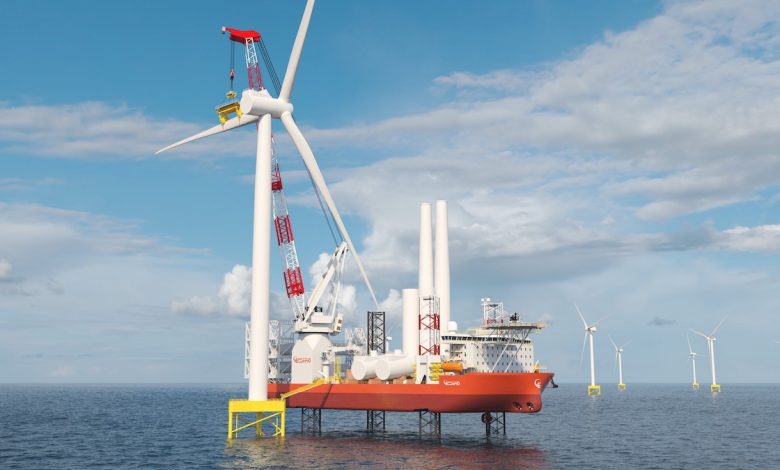Wind energy costs expected to drop significantly by 2035, more by 2050

The Lawrence Berkeley National Laboratory, part of the University of California, conducted a survey in 2020 of 140 of the ‘world’s foremost wind power experts’ and published results this month. According to those experts, technology and commercial advancements will continue to drive down the cost of wind energy, by 17% to 35% by 2035 and 37% to 49% by 2050, relative to 2019 baseline values. Bigger and more-efficient turbines and lower capital and operating costs will be among the factors behind those considerable reductions.
The study looked at three applications: onshore (land-based) wind, fixed-bottom offshore wind, and floating offshore wind. The anticipated future costs for all three types of wind energy are half what experts predicted in a similar Berkeley Lab study in 2015, indicating the speed at which wind-energy cost reductions are occurring. At the same time, however, there is significant uncertainty related to the extent of future cost reductions in these projections, illustrated by the range in percentage decreases.
“Wind has experienced accelerated cost reductions in recent years, both onshore and offshore, making previous cost forecasts obsolete,” said Ryan Wiser, senior scientist at Berkeley Lab.
“Forecasts that consider only improvements in capital cost will, at best, capture about 45% of the cost-reduction opportunity,” said study co-author Joe Rand, also of Berkeley Lab. Other key factors that will impact the cost of wind energy going forward are ongoing operating costs, capacity factor, project design life and the cost of financing. The surveyed experts anticipate continued improvements in all of these areas.
